
If you want to connect with nature and go to an inhospitable destination in the middle of nowhere. To surround yourself with the most exotic animals in the world. You must put Manas Wildlife Sanctuary on your list. Because you will find many adventures in this national park in India. In this way, in these beautiful tropical forests, you can live day and night, with rhinos, elephants, tigers, and many species that are in danger of extinction.
Activity/Place Highlights
In this magnificent nature reserve, there are several activities that you can do with your family or a couple of trips. When you arrive in Manas, you will find many companies that offer tours that you can hire to make your visit to this national park unforgettable.
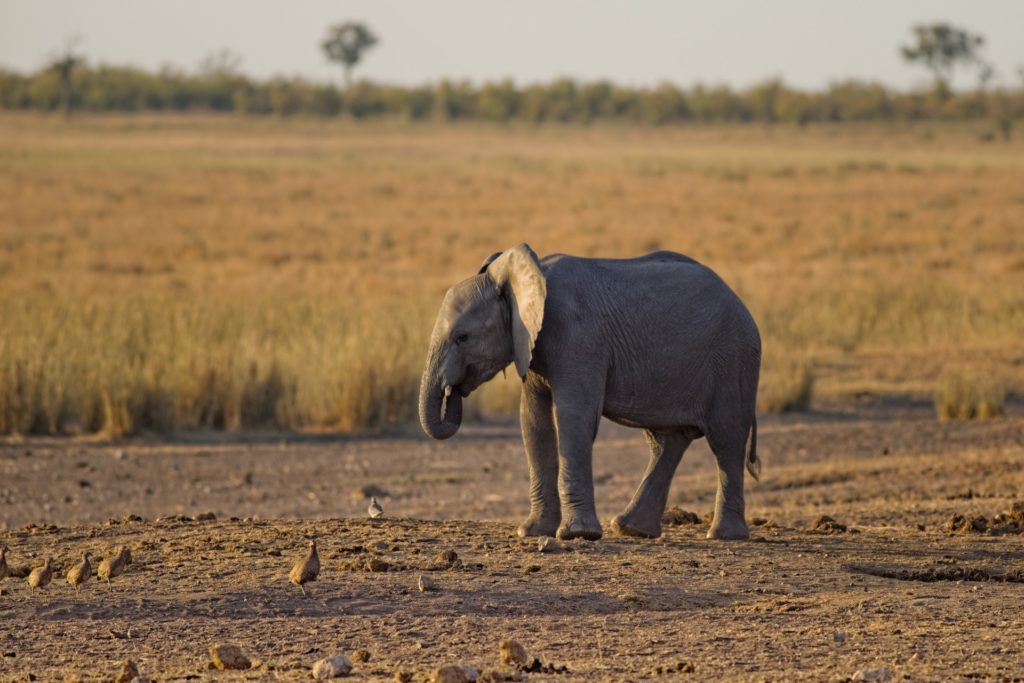
There are three ways to get around the sanctuary: the first is the boat trip on the Manas River, which starts at Mathanguri and ends at about 35 kilometers. This is one of the most picturesque places in the whole park because you can hear the torrent of the Manas River while enjoying a beautiful view towards the hills of Bhutan. In this way, it is excellent to observe many species of birds and other animals along the banks of the river.
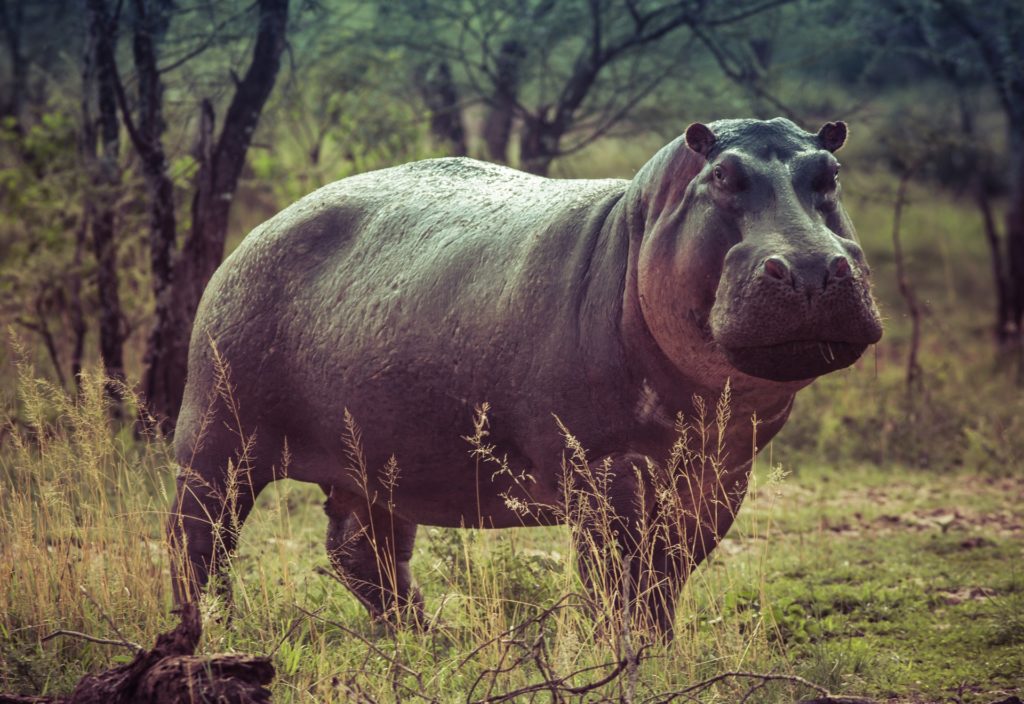
Another way to get into these wonderful forests is by doing a Jeep safari. If you want to get close enough to know the various plants that exist here, this is undoubtedly the tour you should choose. Because the guides will surprise you with their extensive knowledge, about the exotic species that are there.
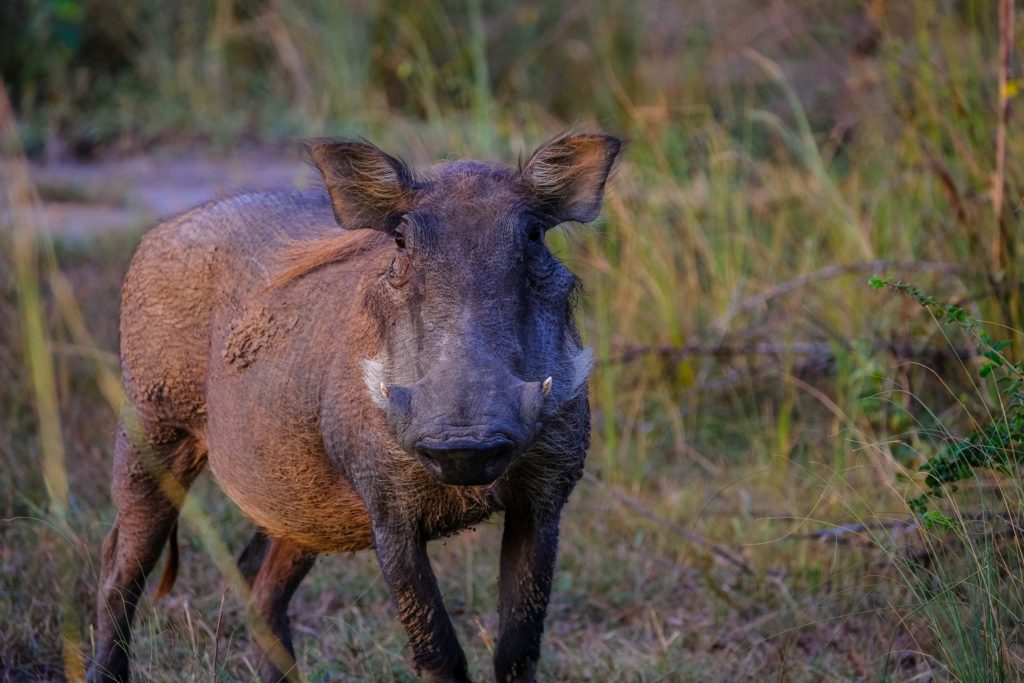
And the last, but not least popular option to visit the park. It is doing a safari on an elephant. In this way, you can visit the leafiest areas of the forest. And you can see wild boars, rhinoceroses, wild buffaloes and another large number of mammals that happily wander in the sunlight. This is the most recommended way to travel because animals tend to flee with the noise of cars.
How to get there
The Namas Wildlife Sanctuary is located in the districts of Kokrajhar, Bongaigaon, Barpeta, Nalbari, Kamrup, and Darrrang in the state of Assam. It is located in the eastern part of the foothills of the Himalayas.
The nearest airport is in Guwahati, the capital of the state of Assam. This is located 5 km from the city and can be accessed with buses that depart constantly from the airport to the city.
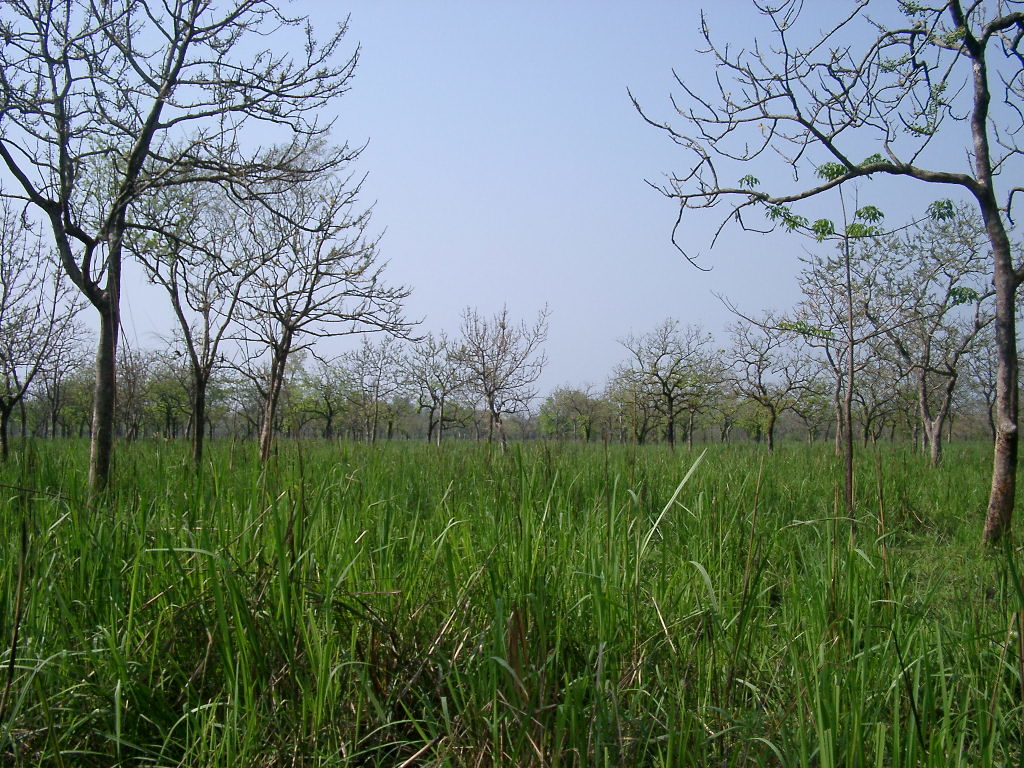
For its part, Manas National Park is 109 miles (175 km) away from Guwahati. But buses and taxis run all day between the city and Barpeta Road / Manas, this trip takes about five hours.
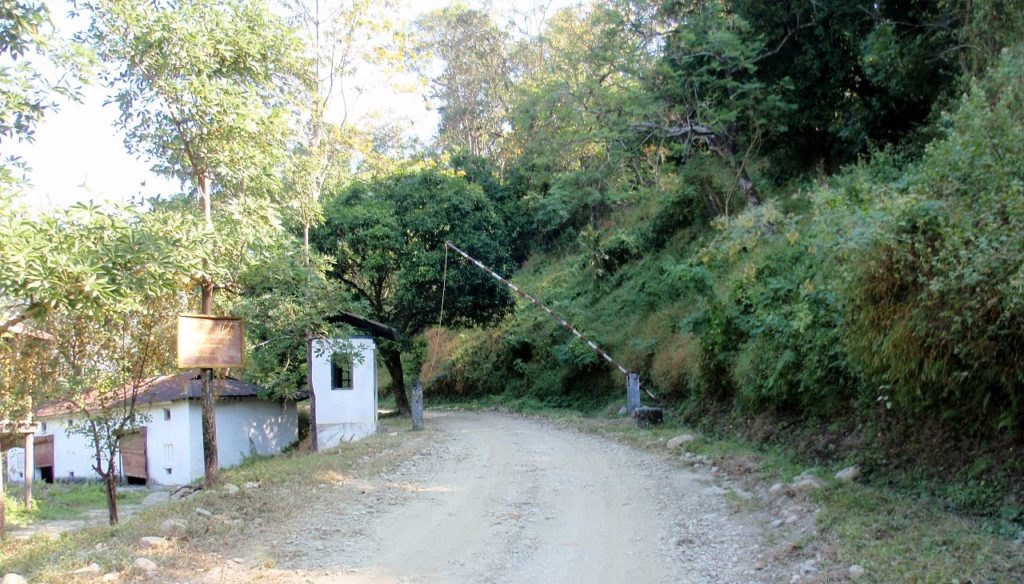
When to go
From November through April are the best months to go. Because the weather is nice and there is a greater chance of detecting more wildlife.
In winter you might spot some of the migratory birds that visit here, such as ruddy shelduck, river cats, cormorants, Indian hornbills, and great pied hornbills.
Also, December through March is an ideal time for fishing as the river becomes an angler’s paradise. Sit with a book, waiting for the fish to bite, with the sounds of the forest all around you.
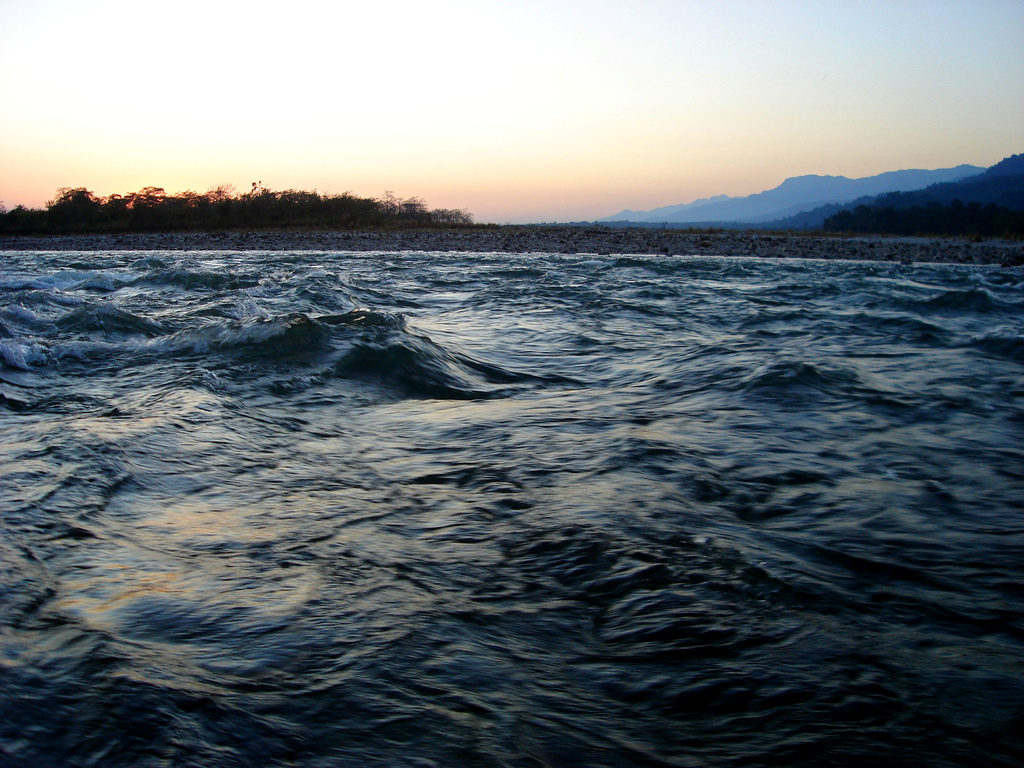
How long
For you can plan your days, and have time to see a lot of animals. We leave you the times of the tours: the boat tour lasts approximately 2 hours and 30 minutes.
The jeep safari can last 3 hours. And the elephant ride lasts approximately 45 minutes.
Opening and Closing Hours
The park is open every day in these six months (November – April). Unless due to exceptional reasons like rain or safety. Also, is partially open on the months from May & October, for the winter, because there is a high risk of flooding. However, the park remains closed June to September.
In this way, the entrance time to the park works from 5.30 am until 6 pm.
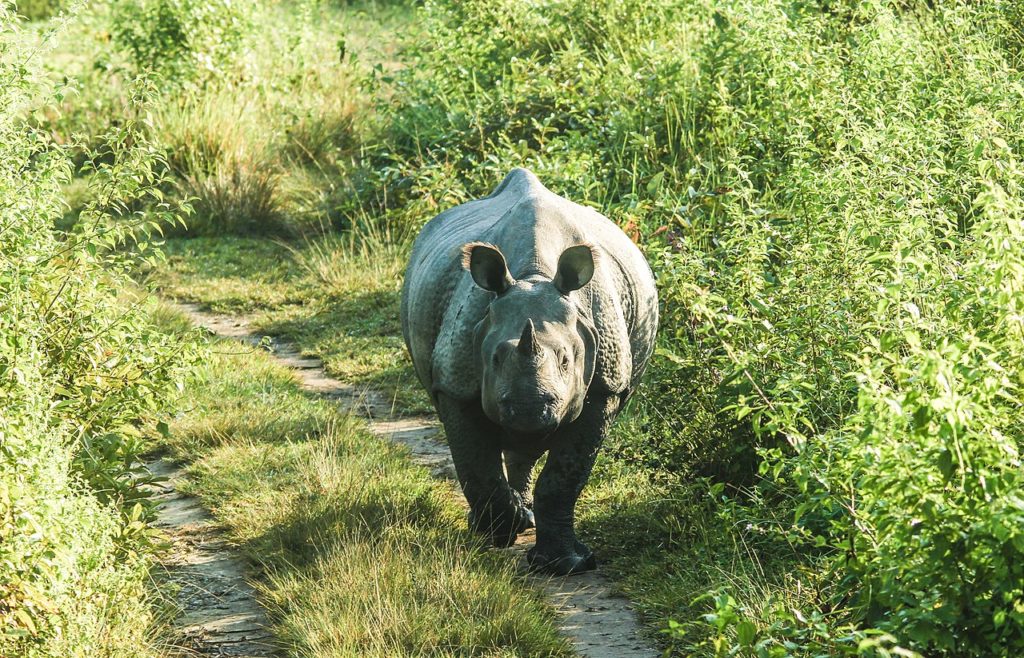
Planning
First, you will need a permit to enter the park. You will obtain this from the park headquarters in Field’s Director Office at Barpeta Road. Also, you have to pay the entrance to the park, and if you are going to enter with cameras, you must pay the taxes for them.
To solve the hosting, there are forest lodges near the park. Bansbari Lodge at the park entrance. This lodge can arrange boat tours on the Manas River.
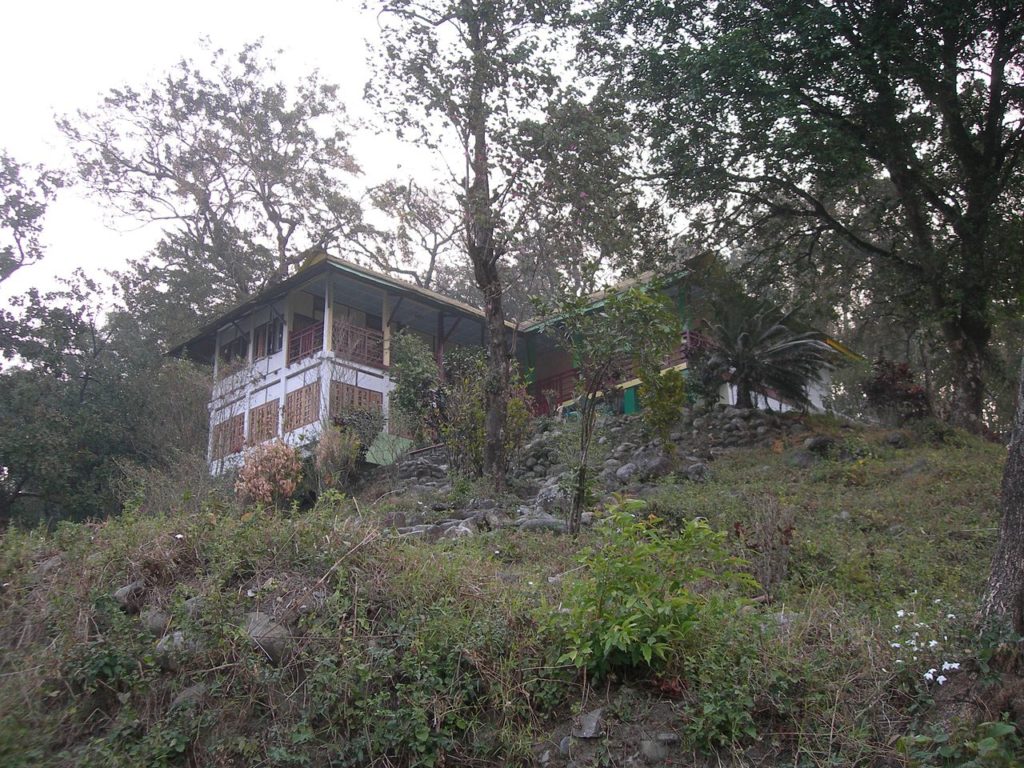
The two bungalows inside the park, at Mathanguri, are operated by the state tourism department. We recommend this option because when you spend the night in the park, the experience is incredible. But remember, if you are staying there you need to take your own provisions as there are no catering facilities, although you can engage a cook for a small fee.
Inside Information
If you want tips to save money: Do not come by plane, take the train stopping at Barpeta Road. From the station, you can rent a taxi to the sanctuary and it is much more economical.
In another way, the park shares its border with Bhutan and in fact, you can pass to the other side of the earth. But remember to take your passport with you.
And we strongly recommend that you take a jeep ride as late as possible, wearing binoculars with night vision. And do the elephant ride very early in the morning. The odds of seeing numerous animals are greater at this time.
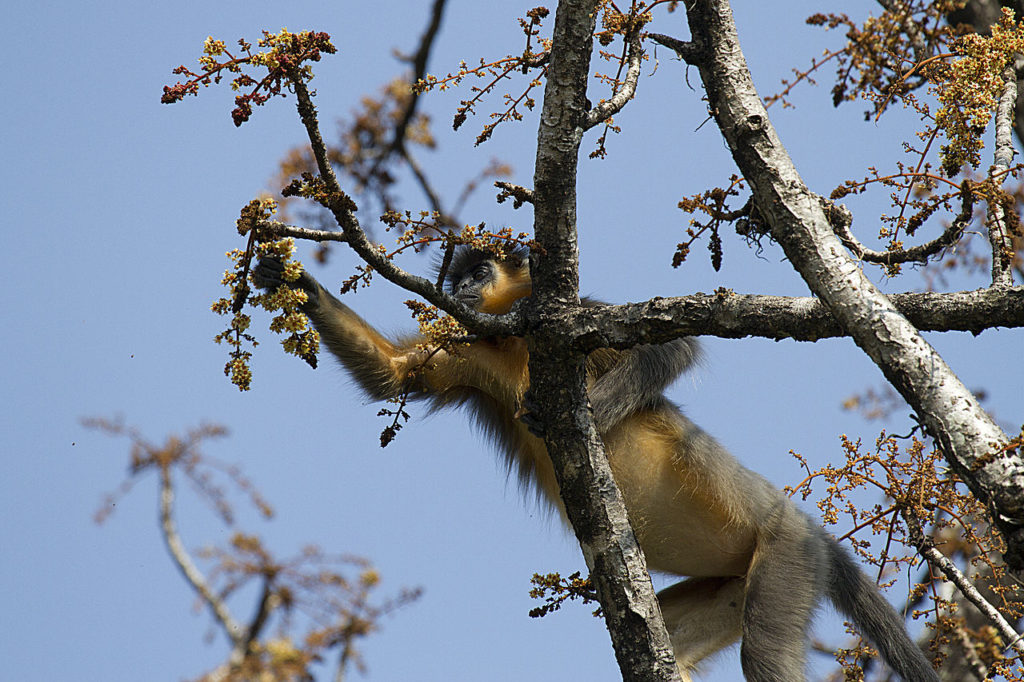
History
Before being declared a sanctuary, it was a forest reserve called “Manas R.F and North Kamrup R.F.”. This park was used by the royal family Cooch Behar as a hunting reserve. Thus, in 1928 it was declared a sanctuary with an area of 360 square kilometers.
In the years 1951 and 1955, the area of the park was extended to 391 square kilometers. And it was declared a World Heritage Site by UNESCO in December 1985. Then in the year 1992, UNESCO declared that it was a World Heritage Site in serious danger, due to poaching, deforestation and terrorist activity. All of which has influenced the park’s fauna. Today, the area of the park was extended to 950 square kilometers and the locals are focused on rescuing the tourist aspect of the place.
Websites
Other nearby attractions
Another activity that you can do inside the park is drafting in the Manas river. Remember to ask the costs with the specialized companies in the outskirts of the place.
In addition, Assam is famous for its tea plantations. There are several factories that offer guided tours from Guwahati, one of which is Addabarie tea estate in Tezpur. You will have the opportunity to see the complete manufacturing process, such as crushing, tearing and curling tea.
If you loved this article or found it useful, don’t forget to share it with your adventurous and travel-hacking friends! If you want more posts like this, follow us on Youtube, Instagram, Pinterest, Twitter or Facebook and subscribe to our newsletter!

